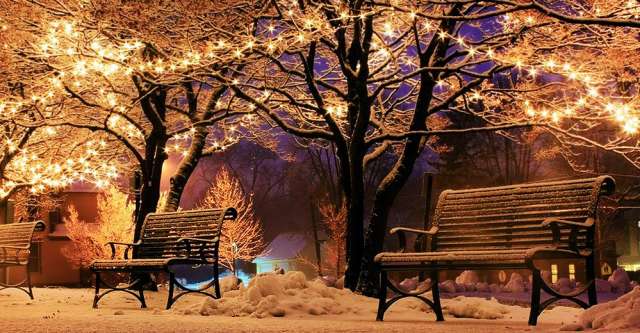December is the time of year when you break out your old Christmas lights and get to decorating your yard, house, and tree. Unfortunately, it’s not always as simple wrapping a string of lights around an object and calling it a day; half the time, if the lights aren’t brand new, the strands are tangled into knots, and if one light isn’t out, it’s the whole strand that isn’t working.
Thankfully, a dead light doesn’t mean buying a new strand of lights. And an entire strand of dark lights doesn’t always mean you have to replace them all; however, you don’t have to go too far down the internet’s rabbit hole on how to fix Christmas lights before you come across electrical diagrams and DIY tutorials on how to rewire your plugs. Not exactly how you want to spend your December.
For those of you looking for a simple fix to some of Christmas light’s most common problems, look no further, we found a few ys to get your lights working- no electrical skills required.
One Bulb is out but the Rest of the String Works
So one bulb in your strand of light isn’t working? You’re in luck because this can easily be fixed by swapping out the old bulb with a new one- many Christmas lights come with spare bulbs but if, not you ca,n buy another (identical) strand of lights which you use solely to pilfer new bulbs.
Swapping old bulbs for new ones works even if you have five bulbs that aren’t working on a strand of lights. And yes- experts say that it’s important to keep the number of dead bulbs on a strand low so the remaining bulbs don’t have excess voltage to work with.
Half the Strand is Out
If half the strand is dead but the other half lights up, then you might have a broken or loose bulb. Start with the first unlit bulb and work your way to the end, wiggling each light to check for looseness, it flickers, replace it. If the strand still doesn’t work, try working down the row of lights, replacing them with a bulb that you know works, one at a time untl you find the bulb that is killing your strand.
How will you know you found it? The whole strand will light up when you replace it.
The Whole Strand is Out
A whole strand of dead lights could mean anything- from a loose or broken bulb (see previous instructions), a problematic electrical outlet (try plugging it in somewhere else), or a bad fuse.
Most lightboxes include a fuse along with spare bulbs but you can also buy these at a store separately.
To replace a fuse, take a small flathead screwdriver and slide open the cover located on the strands plug. Then pop out the fuses and replace them with new ones.
Tangled Lights
Inevitably you’ll come across a wad of tangled lights while decorating, and, unfortunately, the more you try to untangle them, the worse the knots seem to become. Ther’s no easy fix to this, however, prevention is the greatest cure in this case. Save yourself a headache next year and wrap your lights around a hanger or some cardboard when you take them down this year.

